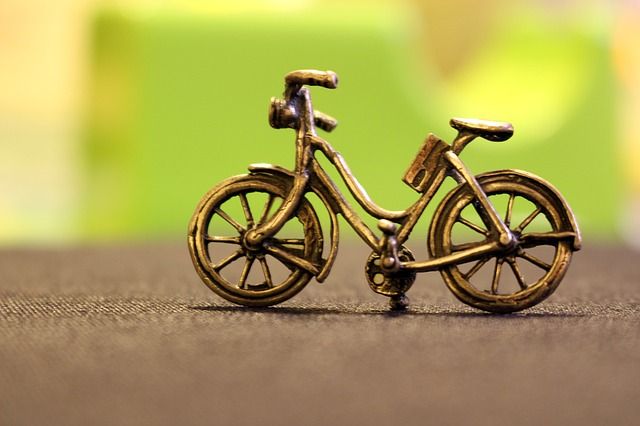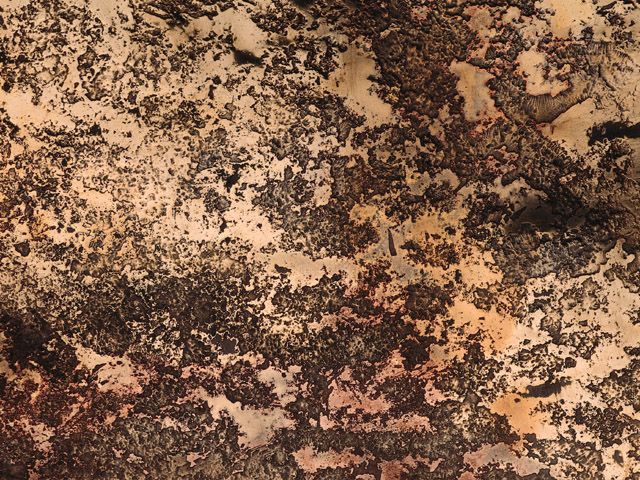Choosing the right structural material can be downright difficult, especially for those who have little experience in construction. In fact, with new supplies being introduced into the market regularly, this task can be daunting even for skilled builders. Two types of building material that can be particularly confusing to the untrained eyes are pipes and tubes. Not only do they have striking similarities, but their differences are quite difficult to spot as well. The following are the basic differences between pipes and tubes that can help you in choosing the right material for your project.



